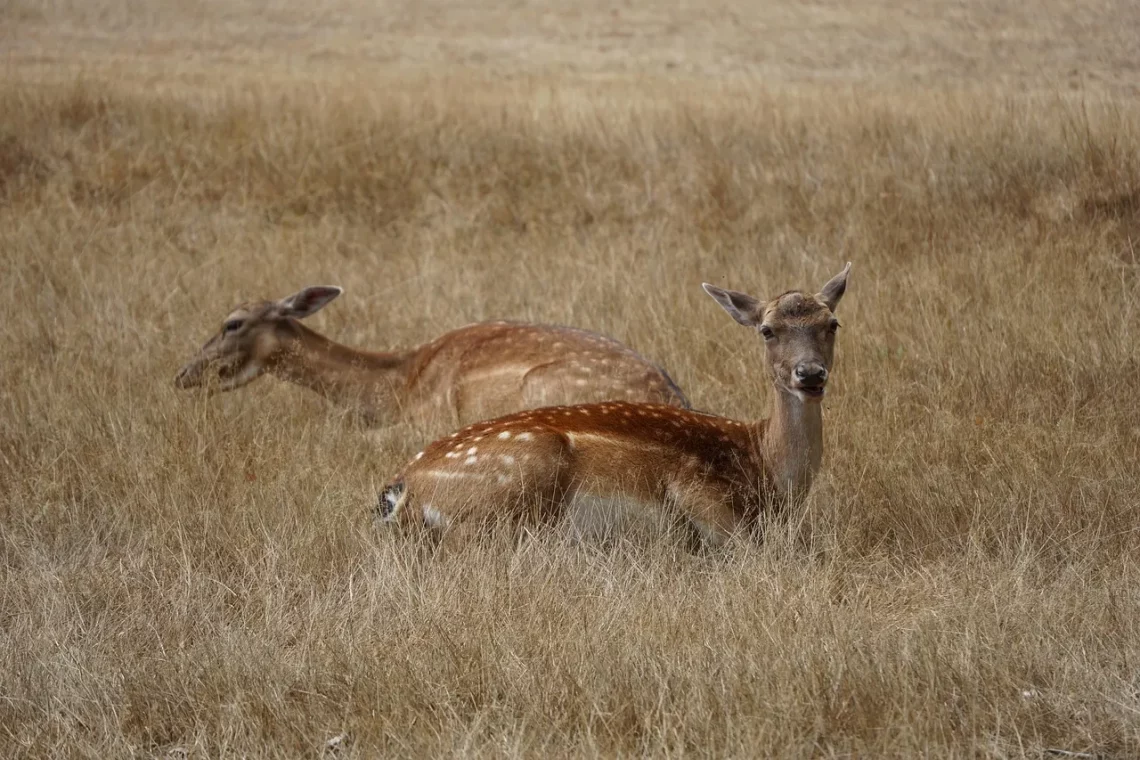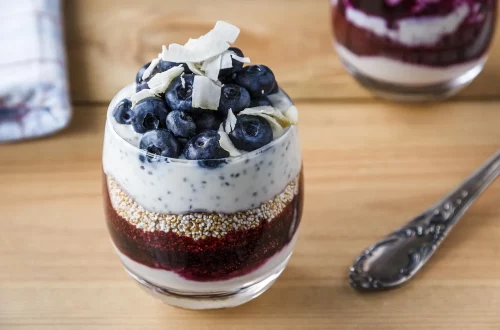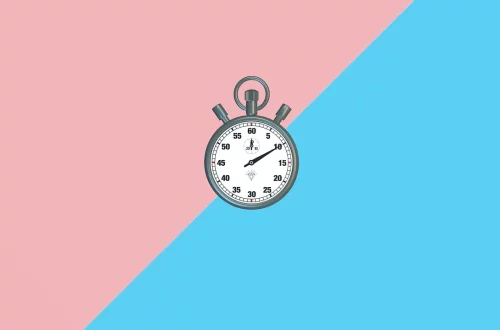
Will Deer Eat Bread? Understanding Their Dietary Preferences
Deer are fascinating creatures that roam forests, fields, and even suburban areas across many parts of the world. Known for their graceful movements and striking antlers, these animals have captivated the interest of many nature enthusiasts and wildlife observers. However, one question that often arises is about their dietary habits, particularly regarding human food. The presence of deer in neighborhoods and parks has led many to wonder if it is acceptable to feed these animals bread or other human food items.
Understanding a deer’s diet is crucial not only for their health but also for the ecosystems they inhabit. While deer are herbivores, their digestive systems are complex and adapted to process specific types of vegetation. This complexity raises concerns about the potential impact of introducing foreign foods into their diets. Observing deer in their natural habitat can provide insight into their eating behaviors, but it can also lead to misconceptions about what they should consume.
In this exploration of deer dietary preferences, we will delve into their natural eating habits, the implications of feeding them human food, and the broader impact on wildlife conservation. By gaining a deeper understanding of what deer eat, we can promote better practices for coexistence and ensure that these magnificent animals thrive in their environments.
Understanding the Natural Diet of Deer
Deer are ruminants, which means they possess a specialized stomach structure that allows them to break down fibrous plant material efficiently. Their natural diet primarily consists of a variety of vegetation, including leaves, grasses, fruits, nuts, and bark. This diverse array of food sources is essential for their health and well-being, providing the necessary nutrients for growth, reproduction, and overall vitality.
In the wild, deer have adapted to seasonal changes, enabling them to forage for food effectively throughout the year. During spring and summer, they tend to consume lush greens and tender shoots, which are rich in moisture and nutrients. As autumn approaches, deer will often shift their diet to include acorns and other nuts, which provide high-energy food sources to prepare for the winter months.
During winter, when food is scarce, deer are known to browse on woody plants and shrubs. Their ability to adapt to different food sources is crucial for survival in varying ecosystems. This natural dietary preference underscores the necessity for deer to consume a balanced diet, which is often disrupted when human food is introduced into their environment.
Feeding deer bread or other processed foods can lead to serious health issues, as their digestive systems are not equipped to handle such items. Bread lacks the essential nutrients that deer require and can cause digestive problems, weight gain, and other health complications. Understanding the natural diet of deer highlights the importance of allowing these animals to forage for their food and discourages the practice of feeding them human food.
The Risks of Feeding Deer Human Food
While it may seem harmless to toss some bread or leftover snacks to wandering deer, this practice can have detrimental effects on their health and behavior. Many people may not realize that deer are not designed to digest processed foods. Their stomachs are tailored to break down fibrous plant material, and introducing foreign substances can disrupt their digestive processes.
Feeding deer human food can lead to a range of health issues, including malnutrition. When deer consume foods that are not part of their natural diet, they may fill up on these items and neglect the essential nutrients found in their preferred vegetation. This can lead to deficiencies that impair their growth and overall health. Additionally, bread and similar foods can cause bloating and gastrointestinal distress, posing serious risks to the animal’s well-being.
Beyond individual health concerns, feeding deer can alter their natural behaviors. When deer become accustomed to human food sources, they may lose their natural foraging instincts and become more reliant on human-provided food. This behavioral shift can make them more vulnerable to dangers, such as increased vehicle collisions or predation. Furthermore, if deer begin to congregate in urban areas for food, it can lead to overpopulation and strain on local ecosystems.
In some cases, feeding deer can also attract other wildlife, including pests or disease-carrying animals. The congregation of various species around artificial food sources can lead to the spread of diseases that can affect deer populations and other wildlife. This interconnected web of ecological relationships highlights the importance of maintaining natural feeding habits for deer and discouraging the feeding of human food.
Promoting Healthy Coexistence with Deer
To ensure a healthy coexistence with deer, it is essential to promote practices that respect their natural behaviors and dietary needs. One of the most effective ways to protect deer is to educate communities about their dietary preferences and the risks associated with feeding them human food.
Creating awareness around the importance of preserving natural habitats is also crucial. Supporting local conservation efforts can help maintain the ecosystems that deer rely on for food and shelter. Planting native vegetation in gardens and public spaces can provide deer with natural food sources while promoting biodiversity.
Encouraging responsible wildlife observation practices can also contribute to healthier interactions with deer. People should be reminded to observe deer from a distance and avoid approaching or feeding them. This helps keep deer wild and maintains their natural behaviors, which is essential for their survival.
Engaging with local wildlife organizations can provide resources and support for communities looking to foster a healthier relationship with deer. Many organizations offer educational programs and materials that highlight the importance of respecting wildlife and the ecosystems they inhabit.
By taking proactive steps to understand and protect deer, we can create an environment where both humans and wildlife can thrive together harmoniously.
Conclusion: The Importance of Natural Diets for Deer
In conclusion, it is clear that deer have specific dietary preferences that are best met through natural foraging. While it may be tempting to feed them bread or other human foods, the potential health risks and behavioral changes make this practice detrimental. Understanding their natural diets is crucial for promoting the well-being of these animals and maintaining healthy ecosystems.
By prioritizing education and conservation efforts, we can ensure that deer remain an integral part of our natural landscapes. Respecting their dietary needs not only benefits the deer themselves but also fosters a sense of responsibility towards wildlife and biodiversity.
As a final note, it’s important to remember that this article is not intended as medical advice. If you have concerns about the health of wildlife or your own health, please consult a qualified professional.




